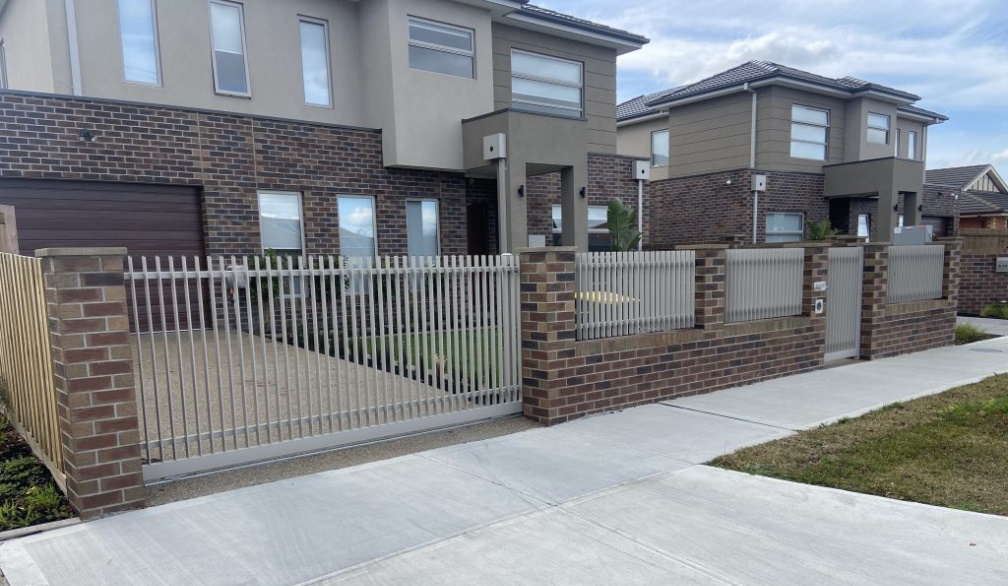Want to slash social housing waitlists? We should allow tenants to swap homes
- Written by Andrea Sharam, Senior Lecturer, School of Property, Construction and Project Management, RMIT University

There are 184,100[1] people on social housing waiting lists around the country, reflecting the impact of declining homeownership and escalating private rents.
However, building new social housing takes a lot of time and money. The Australian government’s $2 billion social housing plan[2], for example, will deliver only around 4,000 new homes.
But even for people with roofs over their heads, it doesn’t necessarily mean they live in the best house for their circumstances. Their homes could be too big, too small, or have yard space they struggle to maintain.
In some countries, social housing residents can simply exchange homes with one another. It’s called a “mutual exchange”. It could be highly effective in Australia for getting more people into homes without having to build any.
How does it work?
Research[3] explains how mutual exchanges work.
A tenant interested in moving to a different social home lists their property on a public exchange (similar to holiday services such as HomeExchange[4]). The tenant tells the platform what type of new home they are looking for and where it should ideally be located.
An algorithm then goes to work to identify:
-
any direct (bilateral) matches in which two households could swap
-
any closed-loop or multi-swap possibilities, known as “chains[5]”.
This determines where household A could move into B’s home, while B could move into C’s home, and C could then move into A’s home.
Social landlords can also list vacant properties to spark a string of swaps, with the last property in the chain then becoming vacant. In theory, chains and strings can be very long.
Having a flow-on effect like this is great, as people obtain housing they prefer to the one they currently live in.
The matching can also accommodate the social landlords’ needs such as allocation policies, occupancy requirements and rental arrears. These are rules the algorithm handles easily.
There is, nevertheless, work the social landlord must do to facilitate moves. Internal processes and protocols must change to support mobility. After 20 years of operation in the United Kingdom, landlords have this down pat.
Why could it help?
Lack of tenant mobility has a big price tag. In 2010, a report[6] found the annual cost of poor tenant mobility in the UK to be £542 million (just over A$1 billion).
Poor mobility reduces access to jobs and education, as well as to social supports and caregiving. Happier tenants look after their properties, pay their rent and are good neighbours.
When every dollar matters in putting roofs over heads, we should be looking to avoid such waste.
Allowing tenants to swap properties frees up stock and is a significant unrealised opportunity.
Mutual exchanges help 14,000 tenants in the UK move each year. Of these, 18% reside in under-occupied homes, and their willingness to move frees up more than 2,000 larger properties for families, getting more people off the waiting list.
That’s the equivalent of A$800 million in avoided costs (at a conservative build cost of $400,000 per house).
In other cases, it means hard-to-let properties are not left empty.
What’s the picture like in Australia?
In 2023, there were 60,730[7] underutilised public housing units in Australia. At the same time, there were 20,979 overcrowded households.
After getting these overcrowded households into these larger properties, another 80,000 people could be housed if the occupancy of the remaining roughly 40,000 larger homes was increased from one person to three.
Social housing building programs need to encourage lone-person households to transfer into smaller homes to maximise the overall number of people who can be housed. But this requires genuine choice.
Tenants currently have little opportunity to transfer or swap properties. In Australia, the individual choice and control principles that underpin the NDIS and aged-care provision are noticeably absent in social housing. A central plank of both is that the participant should have power over where and how they live.
As any tenant will tell you, turning down an offer entails the risk the next offer may be even less attractive, and offers soon run out.
As a result, many public tenants have set up Facebook swap groups. Such sites are not an efficient way to find a swap, but they attest to the considerable unmet demand for mobility.
This situation is very different from the UK, where right-to-move[9] legislation guaranteed tenant mobility 20 years ago. Mutual exchanges were born out of this right.
Not only can tenants move, but they can also move between landlords. And it turns out encouraging tenants to exercise choice and “rightsize” involves little investment and delivers huge returns.
Many public housing estates are currently being demolished and rebuilt. Such renewal means there is an historically high need for relocations. Relocation opportunities are restricted as they depend on natural attrition and new builds, both of which are limited.
Mutual exchanges, however, create new opportunities for relocation and offer greater choice to tenants. And it is not only the initial choice. The right to mobility means the tenant can move again if they do not like where they relocate to.
Over time, some of the friendship and support circles broken up by renewal projects could be brought back together.
Estate renewal is often controversial. Tenants are often deeply anxious as they lose their community and connection to place, and get little choice over their future home. Offering greater choice is an inexpensive strategy that builds trust.
The author would like to acknowledge the work of University of South Australia Research Assistant, Joanne Wilson[10], in helping to write this article.
References
- ^ 184,100 (www.aihw.gov.au)
- ^ social housing plan (treasury.gov.au)
- ^ Research (www.ahuri.edu.au)
- ^ HomeExchange (www.homeexchange.com)
- ^ chains (www.youtube.com)
- ^ a report (humancityinstitute.wordpress.com)
- ^ 60,730 (www.aihw.gov.au)
- ^ Shutterstock (www.shutterstock.com)
- ^ right-to-move (www.gov.uk)
- ^ Joanne Wilson (people.unisa.edu.au)

















